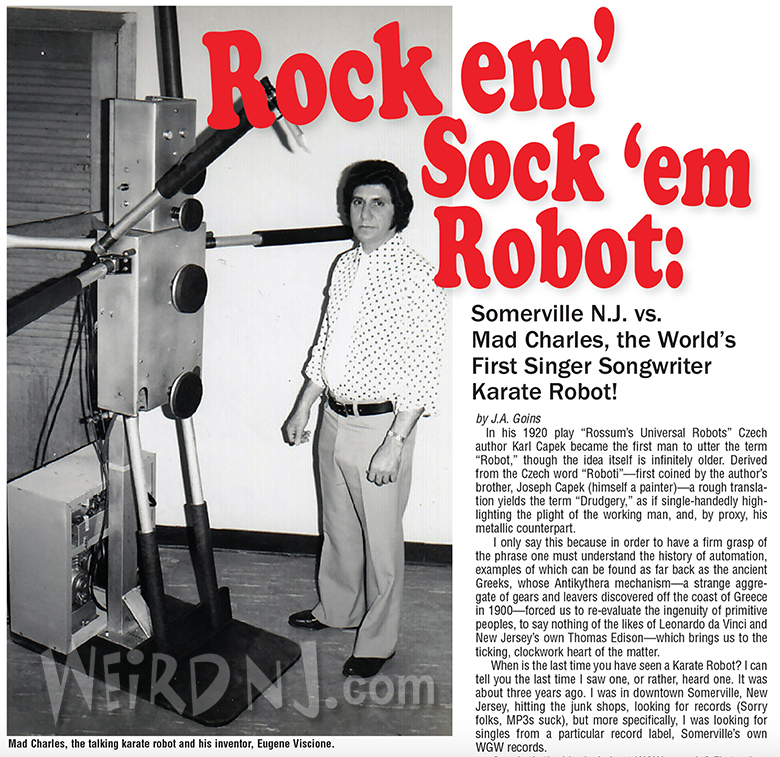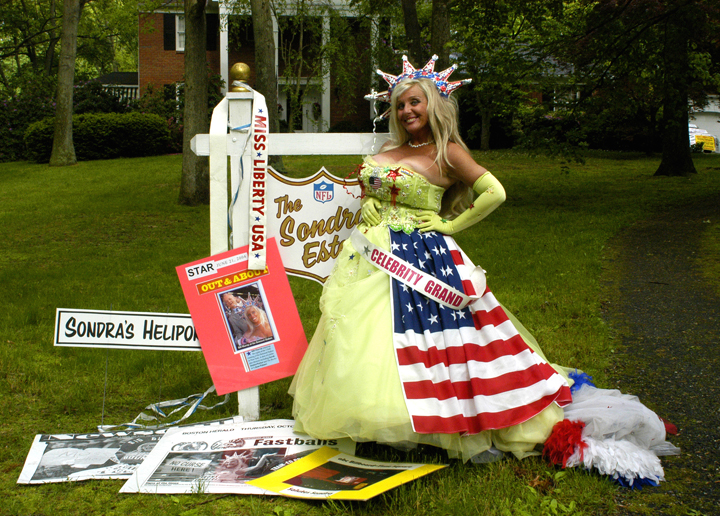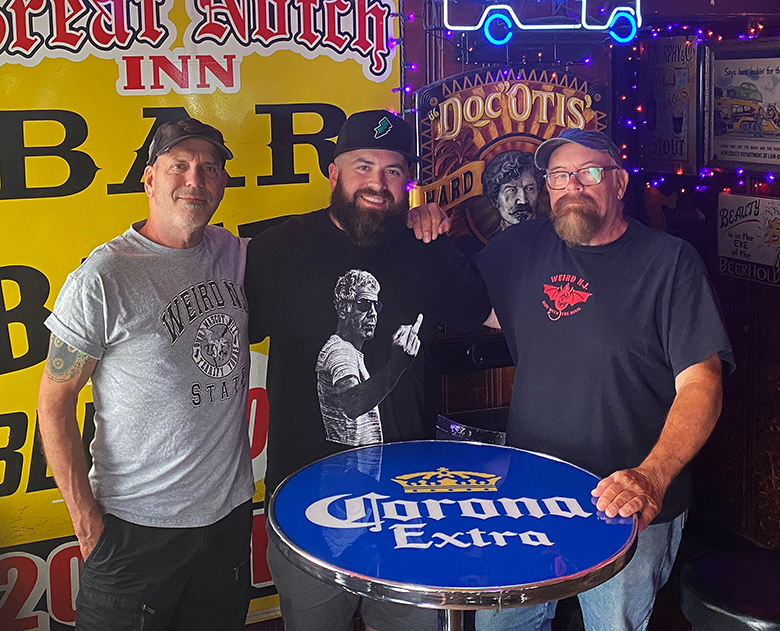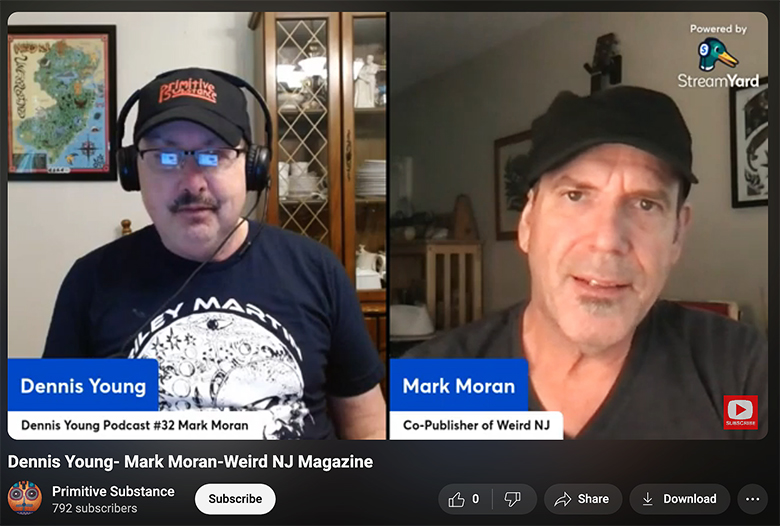Nov. 9: The List Family Murders, Westfield
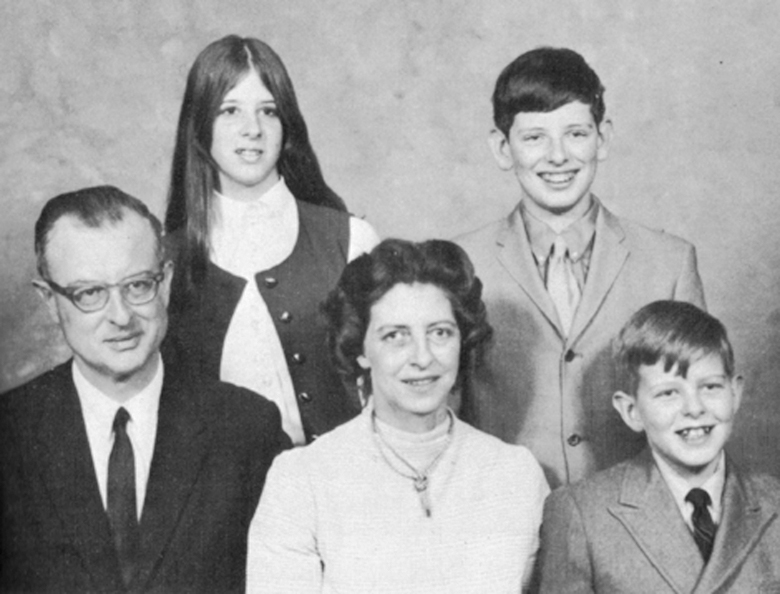
Father Knows Best: The Strange and Horrific Saga of John Emil List
You’d think that it would be easy to identify a human being who had gone completely off the deep end. You’d think that the type of person who would kill his whole family would be such an identifiable looney that the police would catch him in no time. You’d never think that he’d be able to disappear into thin air, and subsequently live a completely unassuming, quiet suburban life with no signs of psychosis and no questions asked. However, this is exactly what happened in the case of one of New Jersey’s most infamous murderers, John List.
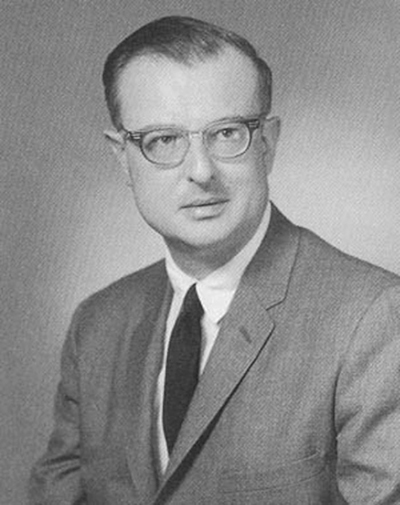 John Emil List was an affluent man who lived with his mother, wife, and three children in a large home known as Breeze Knoll off of Hillside Avenue in the tranquil upper class bedroom community of Westfield. A successful accountant, John not only provided his family with material wealth, but also attempted to grant his family spiritual wealth by being a devout Christian and pillar of the local Lutheran church.
John Emil List was an affluent man who lived with his mother, wife, and three children in a large home known as Breeze Knoll off of Hillside Avenue in the tranquil upper class bedroom community of Westfield. A successful accountant, John not only provided his family with material wealth, but also attempted to grant his family spiritual wealth by being a devout Christian and pillar of the local Lutheran church.
While this might have seemed like the suburban dream life, John saw it falling apart. Firstly, the family had some dark secrets hidden within the walls of their home that outsiders never saw. Helen List, his wife, was a distant relative of his. Furthermore, she was nearly blind from a bout with syphilis left over from a previous marriage. Unable to walk, she was the only woman John was ever intimate with. Their marriage was a shotgun one, caused by a pregnancy fear which turned out to be a false alarm. This relationship was an unhappy one, and John felt resentful towards Helen for this.
Besides the family’s closeted skeletons, John was failing economically and could not stop his own plummet into lower tax brackets. The Lists had been living beyond their means already before John found his accounting job in peril. He had left his vice-presidency at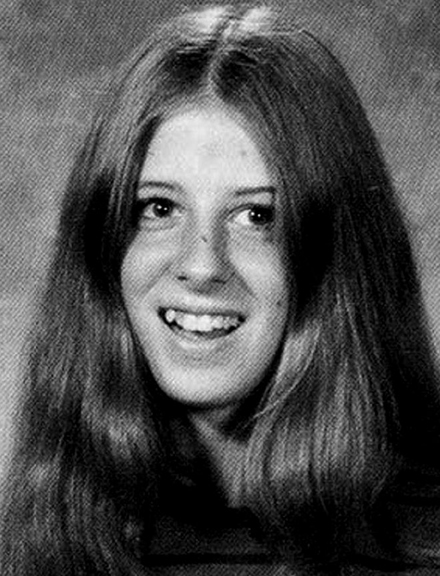 the firm and began selling insurance in a frantic effort to pay the bills. Besides all of this, his three children were all teenagers, and one in particular, sixteen year old Patricia Marie, was dabbling with marijuana and theater, both of which John viewed as rather un-Christian. John saw his perfect life unravelling and decided it was better to remove his family from Earth rather than have them go through a life of poverty and sin.
the firm and began selling insurance in a frantic effort to pay the bills. Besides all of this, his three children were all teenagers, and one in particular, sixteen year old Patricia Marie, was dabbling with marijuana and theater, both of which John viewed as rather un-Christian. John saw his perfect life unravelling and decided it was better to remove his family from Earth rather than have them go through a life of poverty and sin.
On November 9, 1971, John put what was a carefully calculated plan into action. A few weeks before he had ordered a family meeting where he cryptically asked them each what type of funeral they would want. In the days prior he had mailed notes to friends, co-workers, and teachers of his various family members offering up cover stories as to why they wouldn’t be seen in coming weeks.
As John recently told an interviewer on the TV program 20/20, he thought the actions he was about to partake in would save the souls of his family. His belief was that if his home was foreclosed upon the family would split up and turn away from the church.
“I finally decided that the only way to save them from that was to kill them. I thought about (killing myself) but my belief is that if you do that your soul can’t go to heaven.”
“I could kill them, hopefully they’d go to heaven. Later I could confess my sins and get into heaven myself.”
John started off that fateful day by dropping the kids off at school. When he returned around 9 AM, Helen was in their kitchen having a breakfast of toast and coffee. When he entered the room she said “Good morning,” and her husband shot her in the back of the head with a .22 caliber pistol.
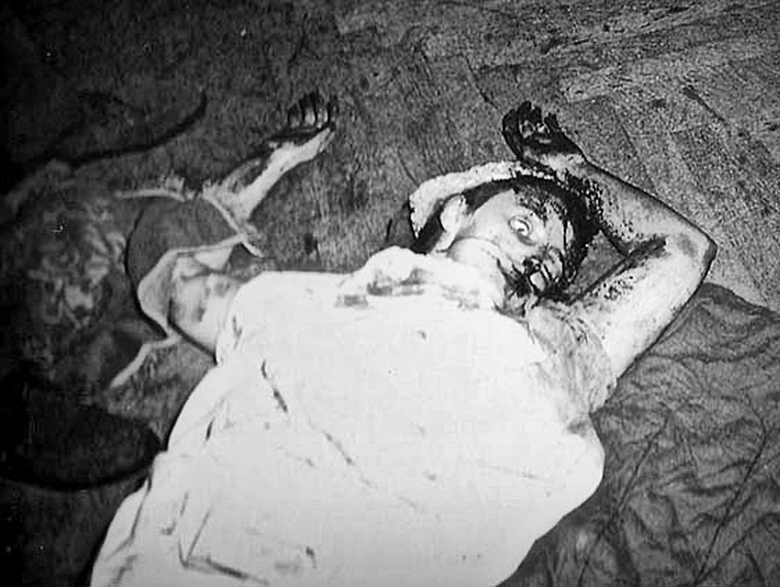
He ran up to the attic of the house, where his 84 year old mother Alma’s living quarters were located. “Like Judas, I gave her a kiss,” he explained to 20/20. After this final kiss he shot her in the back of the head as well. He went out, completed some chores (like stopping the mail and cashing in some bonds of his mother’s). When he got home, he sat down and ate lunch.
He didn’t consider stopping the killing over this meal however. As the World War II veteran later said, “It’s just like D-Day. There’s no stopping… after you start.”
Later in the day he picked up Patricia from school. They entered the house together and, without warning, John plugged her in the back of the head as well. He next executed his youngest son, thirteen year old Freddie.
So far John had rushed through relatively clean execution style killings. He had pre-planned even this. “I approached all of them from behind so they wouldn’t realize at the last moment what I was going to do to them,” he later said of the murders. All did not go as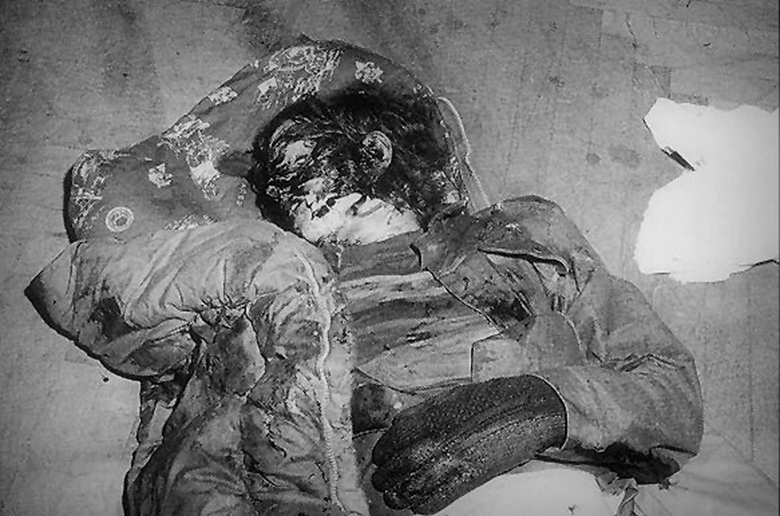 smoothly with his last remaining son, fifteen year old John. John did realize what his father was going to do to him, and caught on to his father’s evil intentions before the senior List could surprise him. Subsequently, after the first shot, John was not dead. He fell to the ground and involuntarily jerked around. John Sr. stood over his son’s writhing body and shot him in the heart over and over again with both the .22 and a nine millimeter he was carrying. During List’s eventual trial, he presented himself as a humanitarian for this action. “I didn’t want him to suffer,” he confessed in a court transcript.
smoothly with his last remaining son, fifteen year old John. John did realize what his father was going to do to him, and caught on to his father’s evil intentions before the senior List could surprise him. Subsequently, after the first shot, John was not dead. He fell to the ground and involuntarily jerked around. John Sr. stood over his son’s writhing body and shot him in the heart over and over again with both the .22 and a nine millimeter he was carrying. During List’s eventual trial, he presented himself as a humanitarian for this action. “I didn’t want him to suffer,” he confessed in a court transcript.
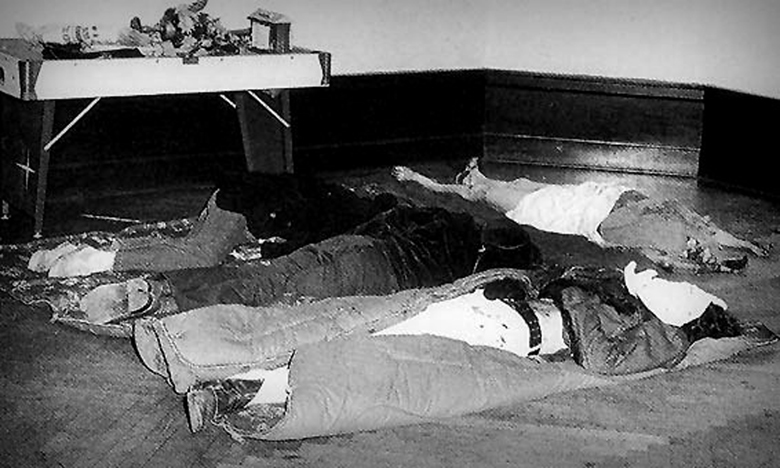
List meticulously arranged his wife’s and children’s bodies in the estate’s large ballroom, laying them all on sleeping bags in the shape of a T. He left notes accompanying each body 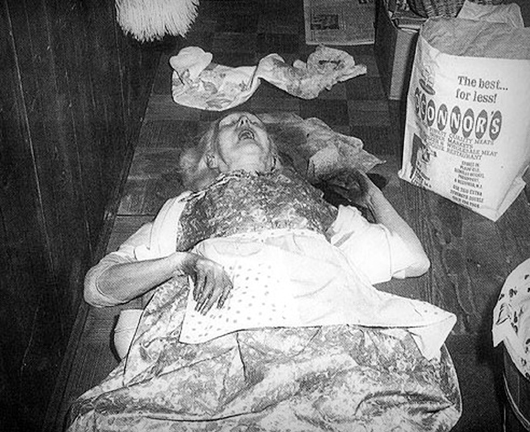 explaining why he had killed them. He left his mother’s body in the attic, explaining in the note left behind that his mother was “too heavy to move.” Other notes were addressed to his pastor, Reverend Rehwinkel, and employer (he even included completed files he had been working on so as not to inconvenience his boss.)
explaining why he had killed them. He left his mother’s body in the attic, explaining in the note left behind that his mother was “too heavy to move.” Other notes were addressed to his pastor, Reverend Rehwinkel, and employer (he even included completed files he had been working on so as not to inconvenience his boss.)
One of the notes of explanation List left behind reflects on the actual act of killing. “I’m sure some will ask ‘How could anyone do such a horrible thing?’ My answer is that it wasn’t easy.”
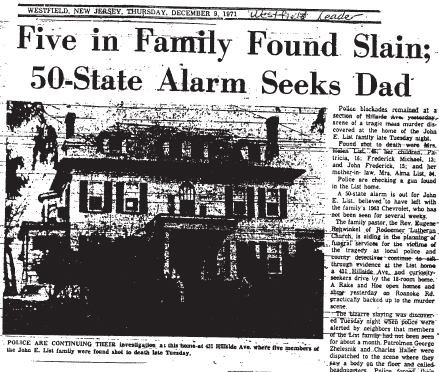 While the murders had occurred on November 9th, List had covered his tracks well enough to delay the discovery of the bodies until December 7th. One of Patricia’s drama teachers, Mr. Ed Illiano, paid a visit to the house to check on the whereabouts of his missing student. He discovered the bodies lying on the floor of the ballroom, with cloth covering their faces, while church music which John had left on as he left the house blared over the home’s intercom. His emergency call to police told the whole story. “My God, you’d better send help out here,” he shouted into the phone. “There’s been a mass murder. There’s bodies all over the place.”
While the murders had occurred on November 9th, List had covered his tracks well enough to delay the discovery of the bodies until December 7th. One of Patricia’s drama teachers, Mr. Ed Illiano, paid a visit to the house to check on the whereabouts of his missing student. He discovered the bodies lying on the floor of the ballroom, with cloth covering their faces, while church music which John had left on as he left the house blared over the home’s intercom. His emergency call to police told the whole story. “My God, you’d better send help out here,” he shouted into the phone. “There’s been a mass murder. There’s bodies all over the place.”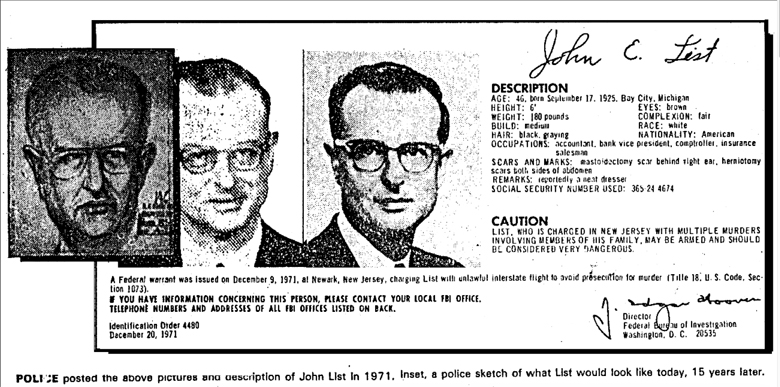
Police immediately began a full scale manhunt for List. Not only did the police have five bodies and the murder weapons, but a written confession from the killer in reference to each one. Unfortunately, List’s trail was lost. They found his car in a parking lot at Kennedy Airport with various papers and identification inside. List had planned the murders and escape perfectly, and he managed to disappear into thin air before anyone even knew of the horrific acts which he committed.
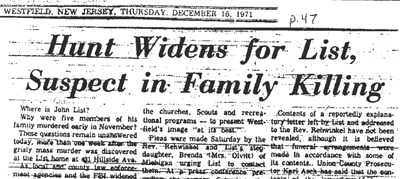
Seventeen years after the crime investigators still had nothing to go on in case but dead ends. Then, on May 21, 1989, they took a shot in the dark at finding the murderer by 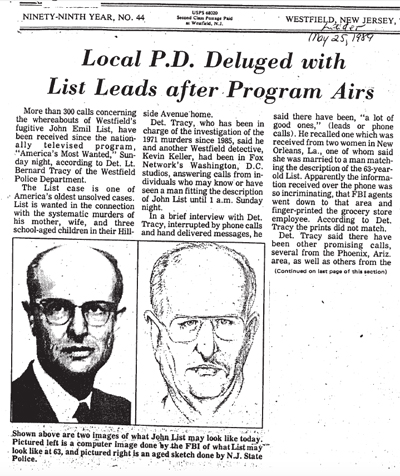 presenting the story of John List on the popular television show “America’s Most Wanted.” The program showed a reenactment of the murders, a photograph of John List, and a sculpted bust portraying what List would most likely look like after nearly two decades on the lam.
presenting the story of John List on the popular television show “America’s Most Wanted.” The program showed a reenactment of the murders, a photograph of John List, and a sculpted bust portraying what List would most likely look like after nearly two decades on the lam.
That night, a man named Robert P. Clark was attending a church function in Midlothian, Virginia. While he was there, several acquaintances of his were home dialing the hotline “America’s Most Wanted” had set up to take leads phoned in by viewers. They recognized their quiet friend and neighbor as the same man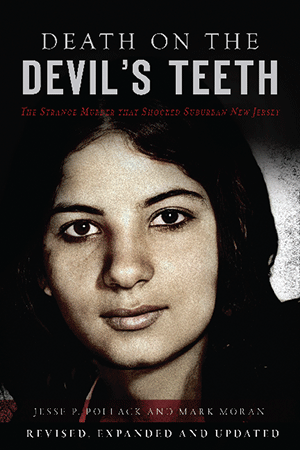 who had brutally killed his family years before. Simultaneously, people from Golden, Colorado were calling that same number saying that John List, the mass murdering accountant, and Robert Clark, the local french fry cook who had recently relocated to Virginia, were the same man.
who had brutally killed his family years before. Simultaneously, people from Golden, Colorado were calling that same number saying that John List, the mass murdering accountant, and Robert Clark, the local french fry cook who had recently relocated to Virginia, were the same man.
The FBI swiftly moved in and apprehended Robert P. Clark, who was married and leading a seemingly mundane suburban lifestyle at the time. For weeks, Clark denied any knowledge of the List case or his past life. Eventually his lawyer persuaded him to admitting that he was John List, so they could attempt to prevent damaging evidence from being admitted to the case.
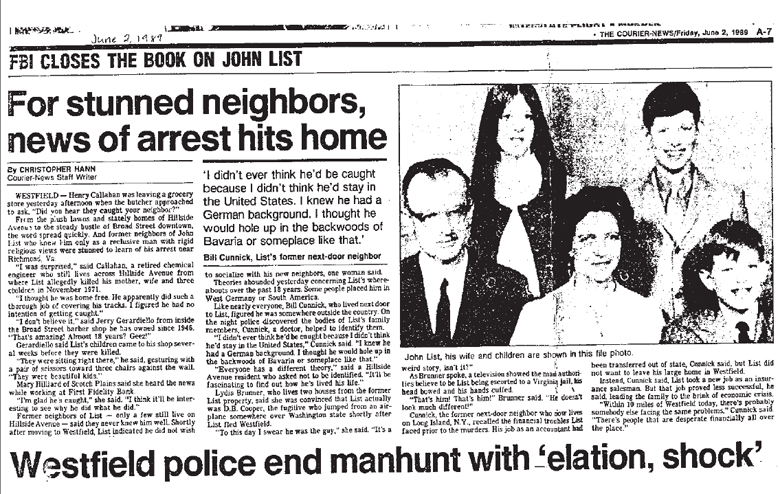 Defense attorneys painted List as a man whose parents forced religion upon him, pushing him into a life of insanity. The jury didn’t buy it. Over the course of his trial, the coldness of List’s notes, his obvious premeditated escape plans, and his lack of remorse (he still sees
Defense attorneys painted List as a man whose parents forced religion upon him, pushing him into a life of insanity. The jury didn’t buy it. Over the course of his trial, the coldness of List’s notes, his obvious premeditated escape plans, and his lack of remorse (he still sees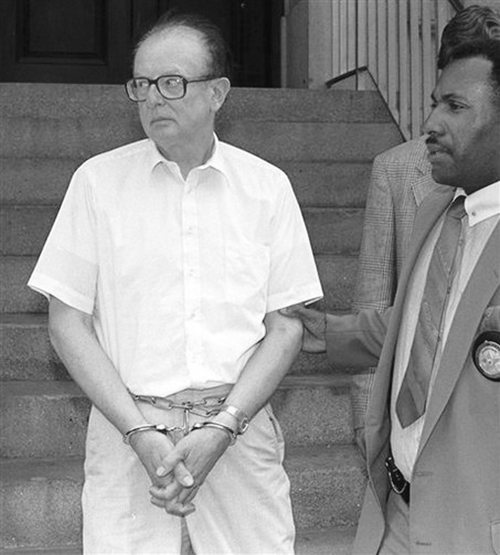 himself as the savior, not killer, of his family) led them to convict him and sentence to a life in prison. On April 12, 1990, a New Jersey judge proclaimed John List a “man without honor” and sentenced him to life in prison.
himself as the savior, not killer, of his family) led them to convict him and sentence to a life in prison. On April 12, 1990, a New Jersey judge proclaimed John List a “man without honor” and sentenced him to life in prison.
Whiling away his remaining days behind the walls of a New Jersey State correctional facility, List still hoped that he would go to Heaven, and prayed to this end every day. He also expressed hope to meet his family in the afterlife. “When we get to Heaven, they’ll either have forgiven me or won’t realize what had happened,” he said. “I’m sure that if we recognize each other, we’ll like each other’s company just like we did here, when times were better.”
On March 21st, 2008, John List succumbed to a bout of pneumonia while in prison. The Boogeyman of Westfield was finally dead.
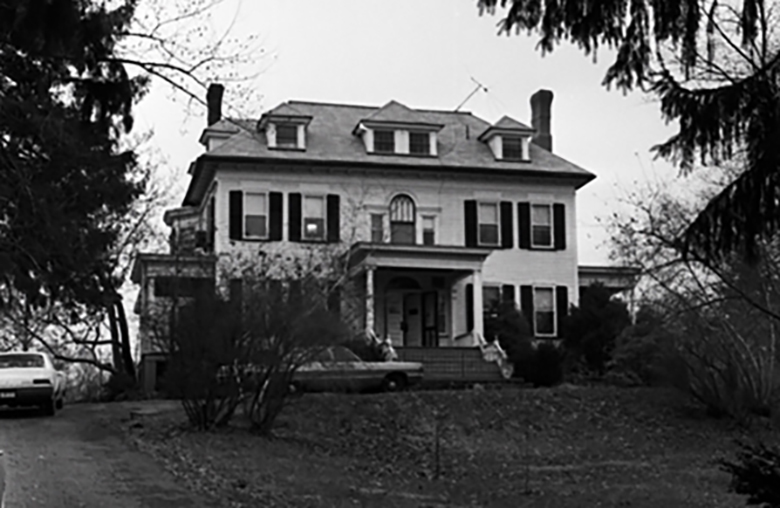 What Happened to the List Home?
What Happened to the List Home?
Shortly after the murders, the List mansion mysteriously burned down. Ironically, the glass ceiling in the ballroom was a signed Tiffany original worth about $100,000, at the time. Had he sold the ceiling, he could have paid off his debts. Instead, it shattered in the 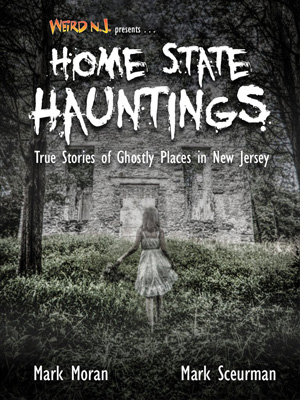 fire. I’ve heard rumors that the house was cursed, and that is the real reason John List committed the murders. –Tamme Taylor Note: The house was built in 1885 by Augustus Wittke, who also lived in the house. The home had three floors and eighteen rooms, including the ballroom where the Tiffany ceiling was located.
fire. I’ve heard rumors that the house was cursed, and that is the real reason John List committed the murders. –Tamme Taylor Note: The house was built in 1885 by Augustus Wittke, who also lived in the house. The home had three floors and eighteen rooms, including the ballroom where the Tiffany ceiling was located.
The home was the most expensive one built in Westfield at the time. The List family (List, his mother, his wife, and their three children) lived in the house for six years before the murders, from 1965-1971. They knew they were in over their heads when they bought the house, and could not afford to heat or fully furnish it. The house did mysteriously burn down in August of 1972. At the time, the place was a mecca for curiosity seekers, and that may have had something to do with the town wanting to stop people from going into the affluent neighborhood.
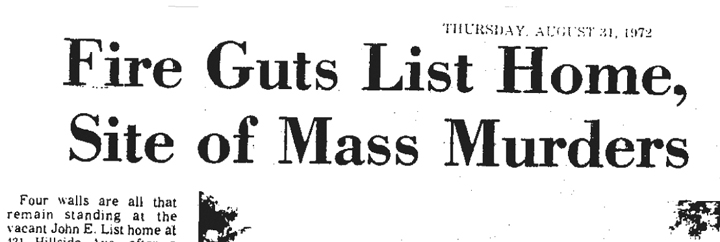
Fire inspectors said the blaze was of a “suspicious nature.” Three weeks after the fire, the house was demolished and it was suspected that arsonists had decided to torch the place. If so, they were never caught. In 1972, the tax records of the house stated it was valued at$100,000 (not including the Tiffany ceiling). As far as we know, until John List murdered his family in that home, it was just another mansion by the Watchung Hills. Today there is a new home built on the property.
Read articles related to this story: The Westfield Watcher House, Who Killed Jeannette DePalma?, Weirdness in the Watchung Reservation.
The preceding article is an excerpt from Weird NJ magazine, “Your Travel Guide to New Jersey’s Local Legends and Best Kept Secrets,” which is available on newsstands throughout the state and on the web at www.WeirdNJ.com. All contents ©Weird NJ and may not be reproduced by any means without permission.
Visit our SHOP for all of your Weird NJ needs: Magazines, Books, Posters, Shirts, Patches, Hats, Stickers, Magnets, Air Fresheners. Show the world your Jersey pride some of our Jersey-centric goodies!
Can’t find just what you’re looking for? Try visiting our Store Frontier shop!
You’ll find all of your favorite Weird NJ icons on all kinds of cool new Weird Wear, like Tee Shirts, Girls Tees, Sweatshirts, Long Sleeve Tees, Hoodies, Unisex Tanks, Kids Tees, Tie Dyes or Onesies! All are available in all sizes and a variety of colors. Represent!





